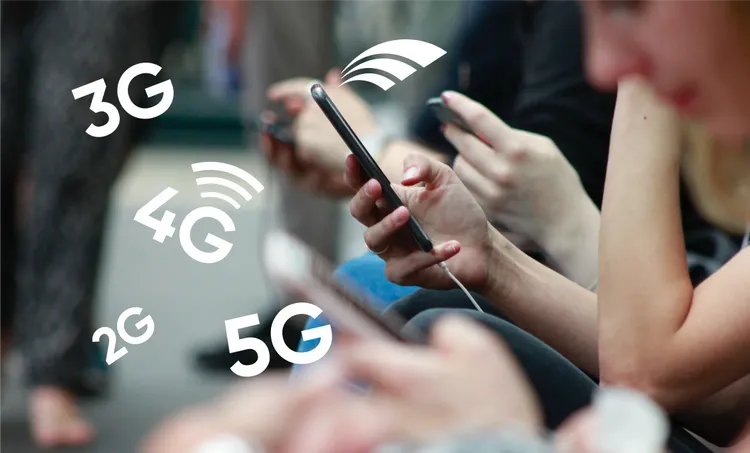GSM, short for Global System for Mobile Communications, marked a watershed moment in mobile communication history. Originating from the European Conference on Permanent International Connections (CEPT) in the early 1980s, GSM was envisioned to set a universal digital mobile communication standard. This ensured compatibility and international roaming capabilities for mobile phones, responding to the rapidly growing interest in mobile communication.
In 1991, Finland's Radiolinja (now Telia Finland) launched the first commercial GSM system, setting the stage for GSM to become the global standard for mobile communication.
From Voice to Data: The Advent of 2G
While the initial GSM networks were analog, tailored mainly for voice transmission, the evolution in communication equipment shifted the focus towards data transmission. Starting with low-speed modem connections, the first comprehensive data transfer standard soon came to the fore—2G. An evolution from the first analog cellular networks like the AMPS systems in the US, 2G brought digital technology to mobile communication. Finland, once again, led the way by launching the first 2G network in 1991, providing a foundation for future cellular network generations.

